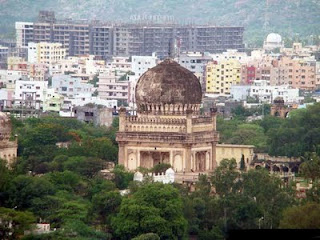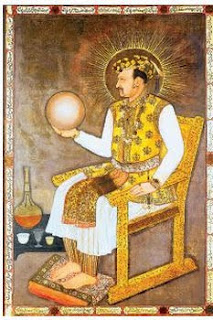Haryana is known for being the territory over which were fought some of the decisive and famous battles that changed much of the history of India. Chief among them are the battle of Mahabharata and the three battles of Panipat.
The Indus Valley Civilization, or the Harappan Civilization, one of the world's first and oldest civilizations, was located in part of what is now Haryana. Banawali in Hisar District of Haryana was a major city of the Indus Valley Civilization. Rakhigarhi is another city of the Indus Valley Civilization that is situated in the present day Haryana. Haryana was an important centre of Vedic civilization.
King Harshavardhana, one of the greatest kings of ancient India made Thanesar near Kurukshetra in the state of Haryana his capital in the 7th century AD. Prithviraj Chauhan, the last Hindu king in Delhi, founded forts at Tarori and Hansi in the 12th century.
Haryana came under the control of Muslim ruler after Prithviraj Chauhan was defeated by Muhammad Ghori in the Second Battle of Tarain. The area came under the suzerainty of the Delhi Sultanate which ruled much of India for more than three centuries. Firoz Shah Tughlaq of the Tughlaq dynasty built a fort at Hisar in 1354.
Panipat in Haryana was the place where three famous battles were fought. The first battle of Panipat fought between Babur and Ibrahim Lodi of the Lodi dynasty, resulted in the foundation of the Mughal Empire in India. The second battle of Paipat, fought between Akbar and the Hindu king Hem Chandra Vikramaditya also called Hemu, resulted in the restoration of the Mughal empire once again. The Third Battle of Panipat, fought January 13, 1761, between the Marathas and Afghan warlord Ahmad Shah Abdali, who won the battle, dent a severe blow to the cause of Maratha imperialism. Sir J. N. Sarkar writes about the Third Battle of Panipat, “It was in short a nation-wide disaster like Flodden Field; there was not a home in Maharashtra that had to mourn the loss of a member, and several houses their very heads. An entire generation of leaders was cut off at one stroke.”
The Second Anglo-Sikh War of 1848 to 1849 resulted in the defeat of the Sikhs who were defeated by the British at Gujarat, a town near Chenab on 21 February 1849. As a corollary to this, Punjab which included most of present day Haryana was annexed to the British Empire on 2 April 1849.
Haryana became a state of the Indian union on 1 November, 1966.



